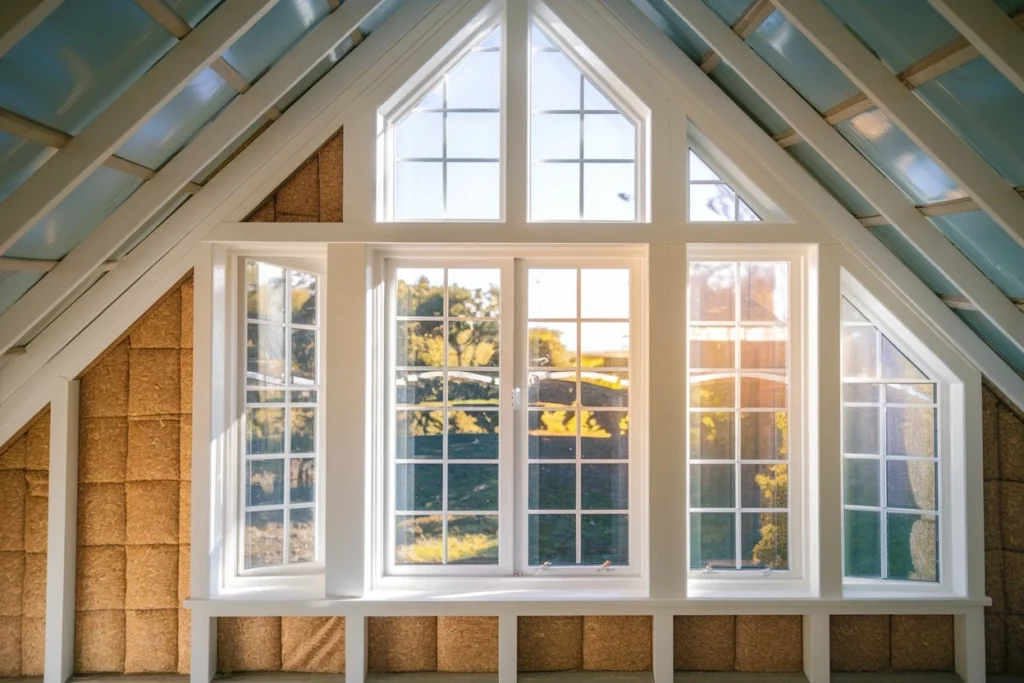Maximizing Energy Efficiency at Home : In today’s world, adopting energy-efficient practices is not only good for the planet but also beneficial for reducing your utility bills. From small everyday habits to significant investments in renewable energy, every home can make a positive impact. This comprehensive guide draws upon expert insights to offer practical tips on how you can conserve energy at home, explore renewable energy options, and ultimately reduce your carbon footprint.
Table of Contents

Introduction to Home Energy Efficiency
Have you ever wondered how simple adjustments in your home can lead to massive energy savings and environmental benefits? Whether you’re looking to cut down on electricity consumption, switch to renewable energy, or simply reduce your home’s carbon footprint, it’s all possible with the right strategies.
According to The Energy Saving Trust, adopting energy-efficient appliances and reducing energy wastage can save you hundreds of pounds (or dollars) annually, while reducing greenhouse gas emissions. Below, we’ve compiled expert opinions from 20 green enthusiasts, offering practical and actionable insights into energy conservation at home.
Practical Tips to Save Energy at Home
1. Turning Off Lights When Leaving a Room
One of the easiest and most effective ways to save energy is to turn off lights when they are not needed. This habit can reduce energy consumption by up to 10%. Set reminders or install motion sensors to automate this process.
2. Switch to LED Lights
Replacing traditional incandescent or halogen bulbs with LED alternatives can save up to 90% on lighting costs. LEDs not only use less energy but also last up to 25 times longer, providing long-term savings.
3. Upgrade to Energy-Efficient Appliances
Energy-intensive appliances like refrigerators, dryers, and HVAC systems consume a significant portion of your home’s electricity. By upgrading to Energy Star certified appliances, you can cut your energy usage by half, saving hundreds of pounds annually.

4. Unplug Devices to Prevent “Vampire Energy”
Did you know that many electronics continue to consume power even when turned off? Devices in standby mode—known as vampire energy—can account for 5-10% of your total energy bill. Unplugging devices when not in use can help reduce your energy waste.
5. Reduce Water Usage
Minimize your water usage by fixing leaks, taking shorter showers, and installing low-flow fixtures. Not only does this conserve water, but it also reduces the energy required to heat the water. For example, a low-flow showerhead can save up to 2,700 gallons of water annually.
6. Lower Your Thermostat Temperature
Lowering the thermostat by just 1°C during the winter can save up to £80 ($100) annually on heating costs. Using a programmable thermostat allows you to automatically adjust temperatures based on your schedule, optimizing both comfort and savings.
7. Install Smart Automation Devices
Smart devices, like programmable thermostats and smart power strips, can reduce your energy usage by turning off devices when they aren’t needed. Smart thermostats alone can save you up to £150 ($180) per year by ensuring your home is heated or cooled only when necessary.
Using Renewable Energy: A Green Alternative
Renewable energy sources are not only environmentally friendly, but they can also drastically cut your utility bills. Transitioning to renewable energy allows homes to produce clean energy and reduce reliance on the grid.
1. Solar Energy Solutions
Solar panels are one of the most popular and accessible forms of renewable energy for homes. In the past decade, the cost of installing solar panels has decreased by nearly 50%, making it an attractive option for homeowners looking to generate clean energy. Tax incentives and grants are also available in many regions to offset installation costs.
Table 1: Cost of Solar Panel Installation Over the Last Decade (UK & US)
| Year | UK Avg Cost per kW (£) | US Avg Cost per kW ($) |
| 2014 | 5,000 | 4,500 |
| 2024 | 2,500 | 2,300 |
2. Wind Turbines
Wind energy is another renewable source, though more applicable for areas with high wind speeds. Small-scale wind turbines can generate significant energy for residential homes, especially in rural areas with open land.
3. Geothermal Power
For those looking to optimize both heating and cooling, geothermal energy is a great option. Ground-source heat pumps leverage the Earth’s natural temperature to regulate your home’s climate, drastically reducing energy consumption.
Reducing Your Carbon Footprint at Home
Reducing your home’s energy consumption also means reducing your carbon footprint. Energy-efficient practices lower the demand for electricity generated by fossil fuels, which in turn reduces harmful greenhouse gas emissions.
Tips to Improve Your Home’s Energy Rating
1. Upgrade Insulation
Proper insulation is key to maintaining the desired temperature in your home without overworking your HVAC system. Insulate walls, attics, and floors to reduce heating and cooling costs by up to 30%.

2. Seal Air Leaks
Drafty windows and doors can lead to energy loss, forcing your heating and cooling systems to work harder. Seal these leaks with weatherstripping or caulk to prevent energy wastage.
3. Conduct an Energy Audit
Hiring a professional to conduct an energy audit can identify inefficiencies and suggest ways to improve your home’s energy rating. This audit can uncover areas you may not have thought of, such as older appliances or improper insulation.
4. Install Double Glazed Windows
Double glazing is essential for maintaining a consistent indoor temperature, reducing the need for excessive heating or cooling. Modern double-glazed windows trap heat during the winter and keep it out during the summer.

Conclusion
By adopting energy-efficient practices and transitioning to renewable energy sources, you not only reduce your environmental impact but also save money on your energy bills. Whether it’s simple habits like turning off lights or more significant investments like installing solar panels, every effort counts. Start small, and gradually transition your home into a more energy-efficient, sustainable space.

3 thoughts on “Maximizing Energy Efficiency at Home: 15 Expert Tips & Insights from Professionals”
Comments are closed.